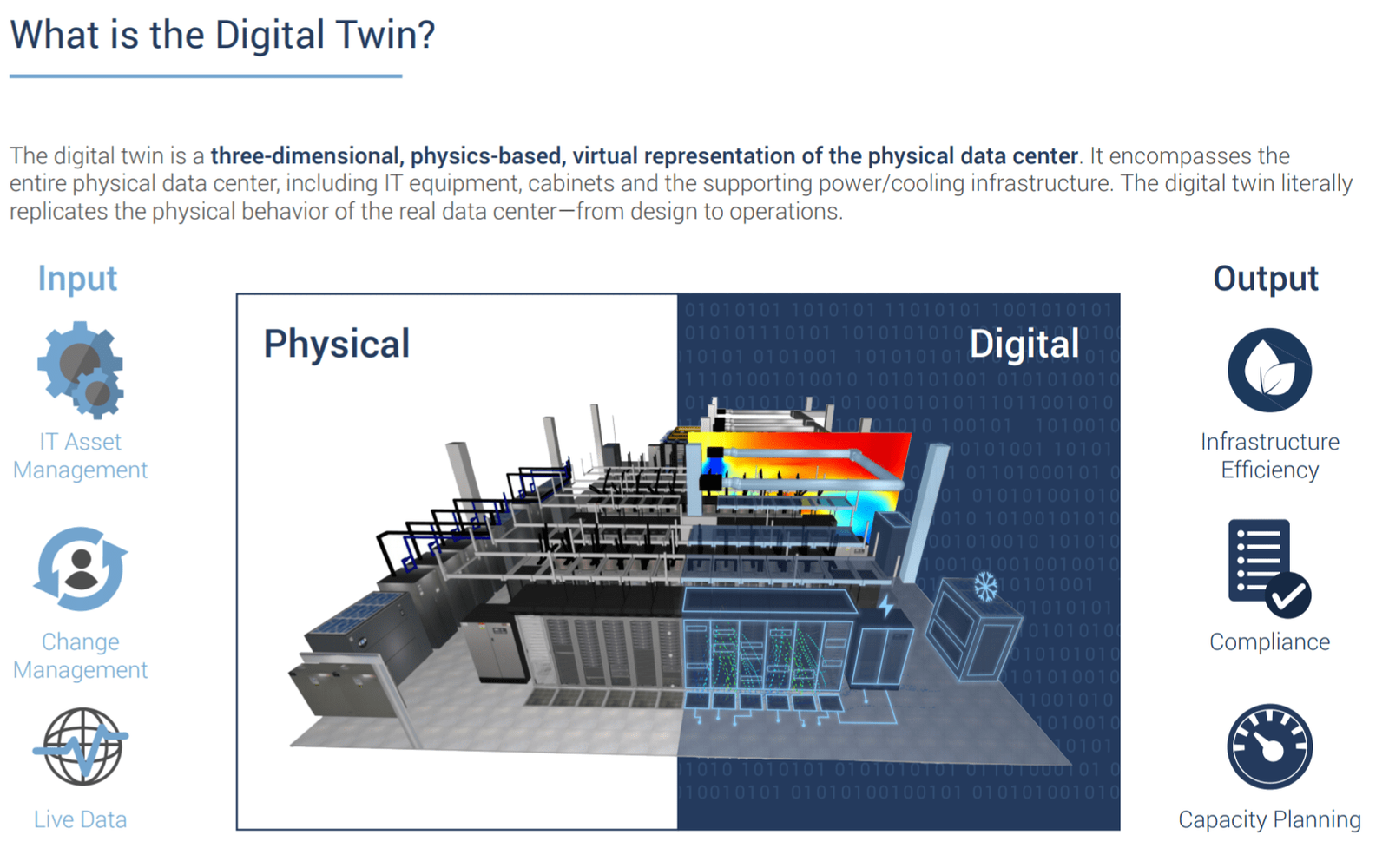
Table of Contents
Introduction to NVH in Automotive Engineering
Noise, vibration, and harshness (NVH) analysis in automotive engineering is a critical aspect of vehicle design and performance. NVH refers to the study of unwanted noise and vibrations that occur in vehicles and the efforts to minimize them to improve overall ride quality. With modern consumer expectations leaning toward quieter, smoother, and more comfortable driving experiences, NVH analysis has evolved into an integral part of automotive development. NVH issues can stem from various sources, including the engine, road, transmission, tires, and even environmental factors such as wind. This article delves deep into the fundamentals of NVH analysis, methods of measurement, sources of NVH, challenges, and advanced tools and techniques used to mitigate these issues in automotive design.
Understanding NVH: Noise, Vibration, and Harshness
- Noise is the sound generated by different components of a vehicle, such as the engine, drivetrain, and exhaust system. While some noise is expected and can even be desirable (e.g., the roar of a sports car engine), unwanted noise can be annoying and detract from the driving experience.
- Vibration refers to the oscillatory motion of vehicle components, which can be transmitted to the driver and passengers through the steering wheel, seats, or floor. Vibrations can originate from the engine, suspension system, road surface, or any rotating components like the tires or transmission.
- Harshness is a subjective measure of how rough or jarring a vehicle feels. While noise and vibration are quantifiable, harshness refers to the overall discomfort caused by poor ride quality, which can be due to poor damping, suspension tuning, or road conditions.
Importance of NVH in the Automotive Industry
NVH analysis is crucial for both consumer satisfaction and regulatory compliance. Excessive noise and vibrations can negatively impact the comfort, safety, and perception of vehicle quality. The automotive industry has seen growing demands for quieter, more refined vehicles, especially with the rise of electric vehicles (EVs), which produce less engine noise but may expose other sources of noise and vibration, like wind and road noise.
Moreover, stringent government regulations on noise emissions have further necessitated the need for NVH testing and analysis. For instance, in Europe, the European Union has enforced vehicle noise regulations under Regulation (EU) No 540/2014, which set limits for the permissible sound levels emitted by cars.
Sources of NVH in Automobiles
Understanding the sources of noise, vibration, and harshness is fundamental to effective NVH control. These sources can be categorized into internal and external factors:
- Internal sources:
- Engine noise and vibration: The engine is a primary source of NVH, particularly in traditional internal combustion engine (ICE) vehicles. The interaction of pistons, crankshaft, and exhaust gases creates various levels of noise and vibration.
- Transmission: Gear whine or vibrations generated from the interaction of gears in the transmission system can lead to significant NVH concerns.
- Drivetrain and differential: The movement and engagement of the drivetrain, including the driveshaft, differential, and axles, can generate vibrations, particularly during gear changes or acceleration.
- Suspension system: Poorly tuned or damaged suspension systems can lead to excessive road noise and harshness during vehicle motion. Issues in damping or spring stiffness directly contribute to NVH levels.
- External sources:
- Tire noise: The interaction of tires with the road surface produces rolling noise and vibrations, often exacerbated by uneven surfaces or worn tire treads.
- Aerodynamic noise: Wind passing over the body of the vehicle can generate noise, especially at high speeds. Aerodynamic design plays a crucial role in minimizing such noise.
- Road noise: Uneven or rough road surfaces lead to vibrations that travel through the tires, suspension, and chassis, creating unwanted noise in the cabin.
NVH Analysis Process
The NVH analysis process involves several key steps that engineers follow to identify, measure, and mitigate NVH issues.
- Data Acquisition: The first step in NVH analysis is collecting data from the vehicle during various driving conditions. Engineers use a variety of sensors and microphones to measure noise, vibrations, and acceleration at different points in the vehicle (e.g., engine bay, cabin, chassis). Modern testing may involve accelerometers, pressure sensors, force transducers, and laser vibrometers. High-quality data acquisition systems allow for the precise capture of acoustic and vibration data.
- Modal Analysis: This process involves determining the vehicle’s natural frequencies and mode shapes (i.e., how different parts of the vehicle respond to vibrations). When an external force or internal action (such as the engine) causes excitation at a natural frequency, resonance occurs, amplifying the noise or vibration. Modal analysis helps engineers understand these frequencies and take steps to mitigate resonance by modifying component stiffness, mass, or damping.
- Operational Deflection Shape (ODS) Analysis: ODS analysis helps visualize how a structure or component vibrates under actual operating conditions. It complements modal analysis by revealing real-time dynamic behavior, making it easier to pinpoint problematic areas and reduce unwanted vibrations.
- Sound Quality Metrics: While sound pressure levels are measurable in decibels (dB), human perception of sound involves more than just loudness. Engineers consider metrics like pitch, tone, and sound frequency when conducting sound quality analysis. Sound metrics such as loudness (measured in phons), sharpness, roughness, and fluctuation strength help determine the overall “feel” of the vehicle noise. For example, a car’s interior noise may have similar dB levels at 1000 and 2000 RPM, but the subjective impression of the sound may vary greatly between these two speeds due to the tonal characteristics.
Methods of Mitigating NVH
Reducing NVH involves addressing noise and vibrations at their source, preventing their transmission through the vehicle, or damping them before they reach the passenger cabin. Here are common methods to mitigate NVH:
- Acoustic insulation and barriers: Soundproofing materials, such as acoustic foams and barrier sheets, are placed strategically around the engine compartment, under the floor, or in the door panels to absorb sound or reflect it away from the cabin.
- Dynamic dampers and isolators: Vibration dampers and isolators reduce the transmission of vibrations from components like the engine, suspension, or exhaust. For example, rubber mounts are commonly used to isolate engine vibrations from the rest of the vehicle.
- Structural reinforcements: Strengthening key structural elements of the chassis can minimize vibrations and resonance. By adjusting the stiffness and mass of components, engineers can alter the natural frequencies of parts to avoid resonance with known sources of excitation.
- Active noise cancellation (ANC): Using microphones and speakers, active noise cancellation systems can detect unwanted noise in the vehicle cabin and produce sound waves of opposite phase to cancel it out. This technology is commonly used in high-end luxury vehicles to provide a quieter ride.
- Tuned mass dampers: These devices consist of a mass connected to a damper, designed to oscillate out of phase with the vibrations of the system, thereby reducing the amplitude of the unwanted vibrations. Tuned mass dampers are commonly used in engines or other rotating components to reduce harmonic vibrations.
Advanced NVH Analysis Tools and Software
The complexity of modern vehicles and the intricate relationship between their components have led to the development of specialized tools and software to conduct NVH analysis. These tools simulate the dynamic behavior of vehicles and their components under various conditions, allowing engineers to identify potential NVH issues before physical testing.
- Finite Element Analysis (FEA): FEA is used to model the vibrational behavior of individual components and subsystems, such as engine mounts or suspension systems. It helps predict how these parts will behave under real-world conditions, allowing engineers to optimize designs for better NVH performance.
- Computational Fluid Dynamics (CFD): CFD is essential in predicting and reducing aerodynamic noise by simulating airflow around the vehicle body. This is particularly important in electric vehicles, where wind noise becomes more noticeable due to the absence of engine noise.
- Multi-Body Simulation (MBS): MBS is used to simulate the dynamic interaction of rigid or flexible bodies, such as the drivetrain or suspension system, under different driving scenarios. By modeling the entire system, engineers can understand how vibrations propagate through the vehicle and optimize designs to minimize them.
- Acoustic Simulation Software: Advanced software like LMS Virtual.Lab, Siemens Simcenter, or MSC Actran enables engineers to perform detailed acoustic analysis, allowing for the simulation of sound propagation inside and outside the vehicle. Acoustic boundary conditions and material properties are factored in to predict the sound levels experienced by passengers.
NVH in Electric Vehicles (EVs)
The rise of electric vehicles (EVs) has introduced new challenges and opportunities in NVH analysis. While EVs have fewer moving parts and no internal combustion engine noise, this silence exposes other sources of noise and vibration that would have been masked in traditional vehicles.
- Reduction of powertrain noise: Electric motors operate more quietly than internal combustion engines, but they still generate high-frequency whines, particularly at higher speeds or during rapid acceleration. Engineers use sound insulation and damping materials to minimize this noise.
- Increased focus on aerodynamic and road noise: Without engine noise to dominate, wind and tire noise become more apparent in EVs. Engineers must pay greater attention to the aerodynamics of the vehicle body and the damping properties of tires to reduce these sources of noise.
- Battery-induced vibrations: EVs have large battery packs that are typically mounted low in the chassis. These batteries, along with the electric motor, can introduce new vibration modes that need to be addressed through structural design and damping.
Challenges in NVH Analysis
NVH analysis, while critical, is not without its challenges. Some of the main hurdles include:
- Subjectivity of harshness: While noise and vibration can be measured, harshness is a more subjective sensation that varies from driver to driver. Defining and measuring harshness accurately remains a challenge.
- Complexity of modern vehicles: As vehicles become more complex with new materials, hybrid powertrains, and advanced electronics, understanding the interaction of components and their contributions to NVH becomes more difficult.
- Cost vs. benefit: Reducing NVH can often be expensive, requiring additional materials, advanced engineering, or active control systems. Balancing the need for NVH improvements with cost-effectiveness is a challenge, particularly for budget and mid-range vehicles.
Future Trends in NVH Analysis
Looking ahead, the future of NVH analysis will be shaped by emerging technologies and trends in the automotive industry:
- Artificial intelligence (AI) and machine learning: AI and machine learning can be used to analyze vast amounts of NVH data, helping engineers identify patterns and correlations that might otherwise go unnoticed. These technologies can also be used to optimize NVH solutions more efficiently.
- Virtual testing and simulation: As computational power continues to increase, virtual NVH testing will become more advanced, reducing the need for physical prototypes and allowing for faster design iterations.
- Customization and personalization: Future vehicles may allow for greater customization of NVH characteristics, enabling drivers to adjust the level of cabin noise or vibration to suit their preferences.
Conclusion
Automotive NVH analysis is a crucial aspect of vehicle development that impacts the comfort, safety, and overall experience of drivers and passengers. By identifying and mitigating sources of noise, vibration, and harshness, engineers can deliver smoother, quieter, and more refined vehicles. As automotive technology continues to evolve with the rise of electric vehicles and the integration of AI, the future of NVH analysis holds exciting possibilities for even greater advancements in ride quality and comfort.








